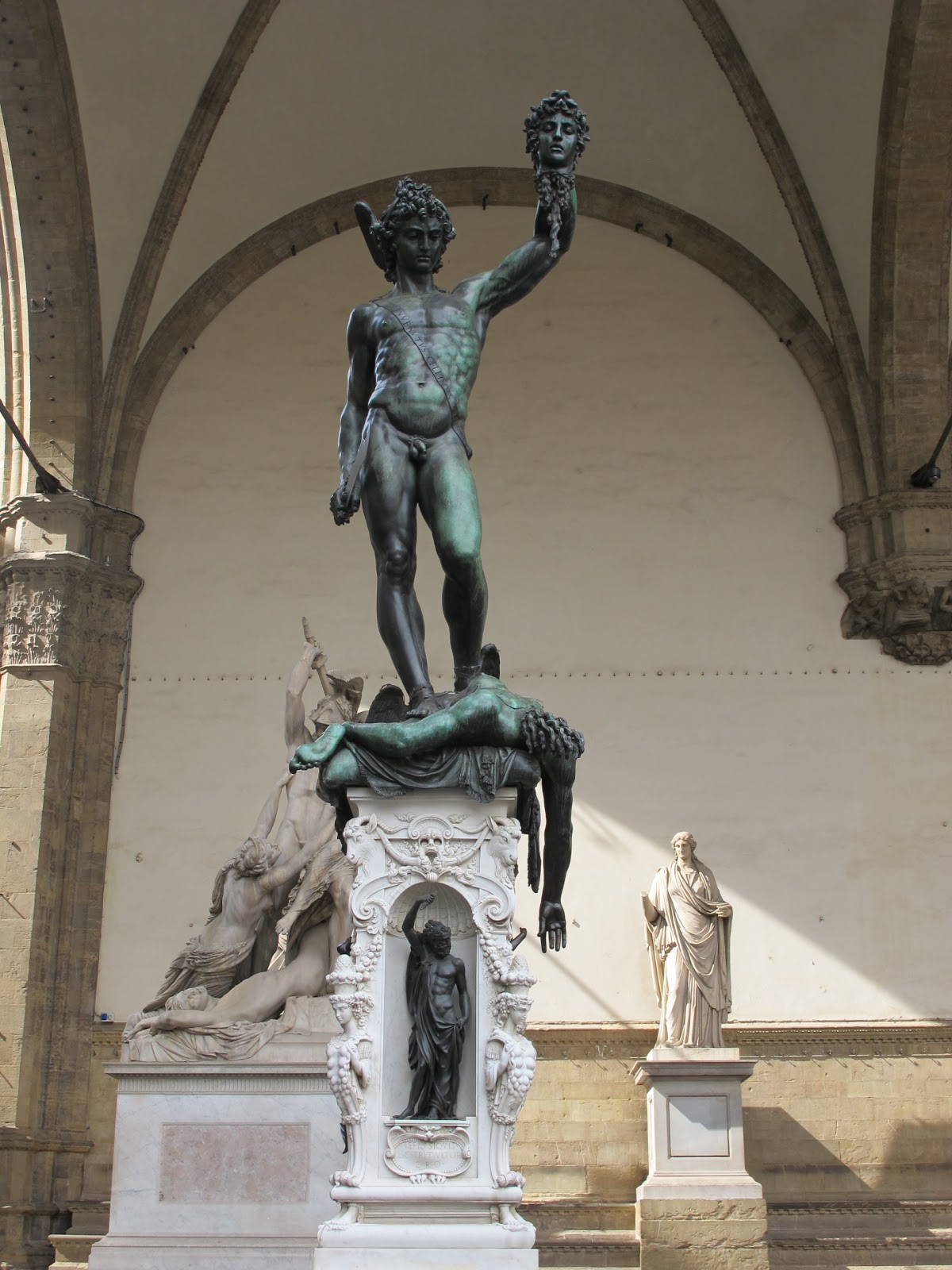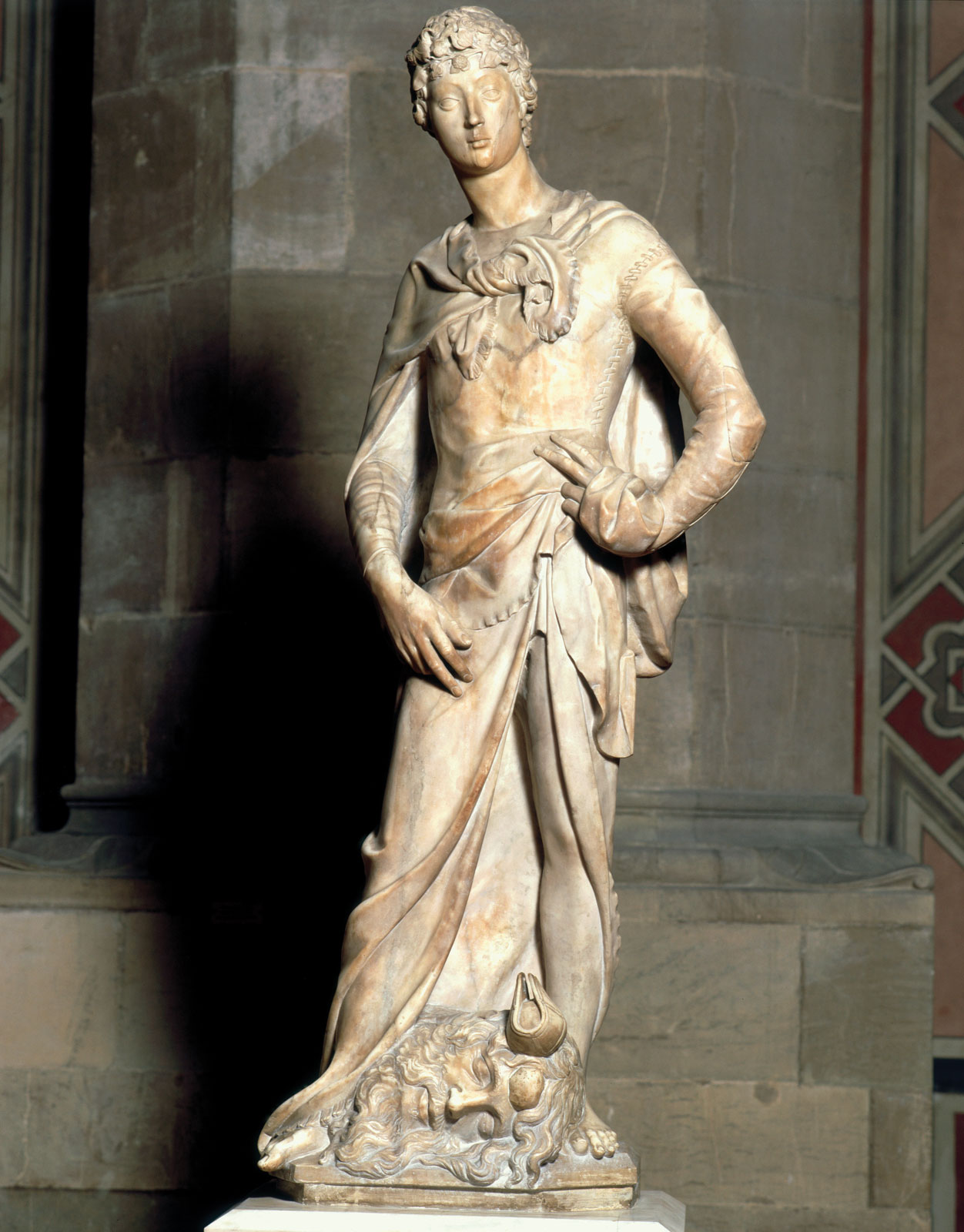Trattato della Pittura
Parte quarta | Capitoli 517-532
Indice
517. De' panni che vestono le figure.
518. Delle maniere rotte o salde de' panni che vestono le figure.
519. Del vestire le figure con grazia.
520. De' panni che vestono le figure, e pieghe loro.
521. Del modo di vestire le figure.
522. De' vestimenti.
523. De' panni volanti o stabili.
524. Operazioni de' panni e loro pieghe, che sono di tre nature.
525. Delle nature delle pieghe de' panni.
526. Come si devono dare le pieghe ai panni.
527. Delle poche pieghe de' panni.
528. Delle pieghe de' panni in iscorto.
529. De' modi del vestire le figure, ed abiti diversi.
530. Dell'occhio che vede pieghe de' panni che circondano l'uomo.
531. Delle pieghe de' panni.
532. Delle pieghe.










